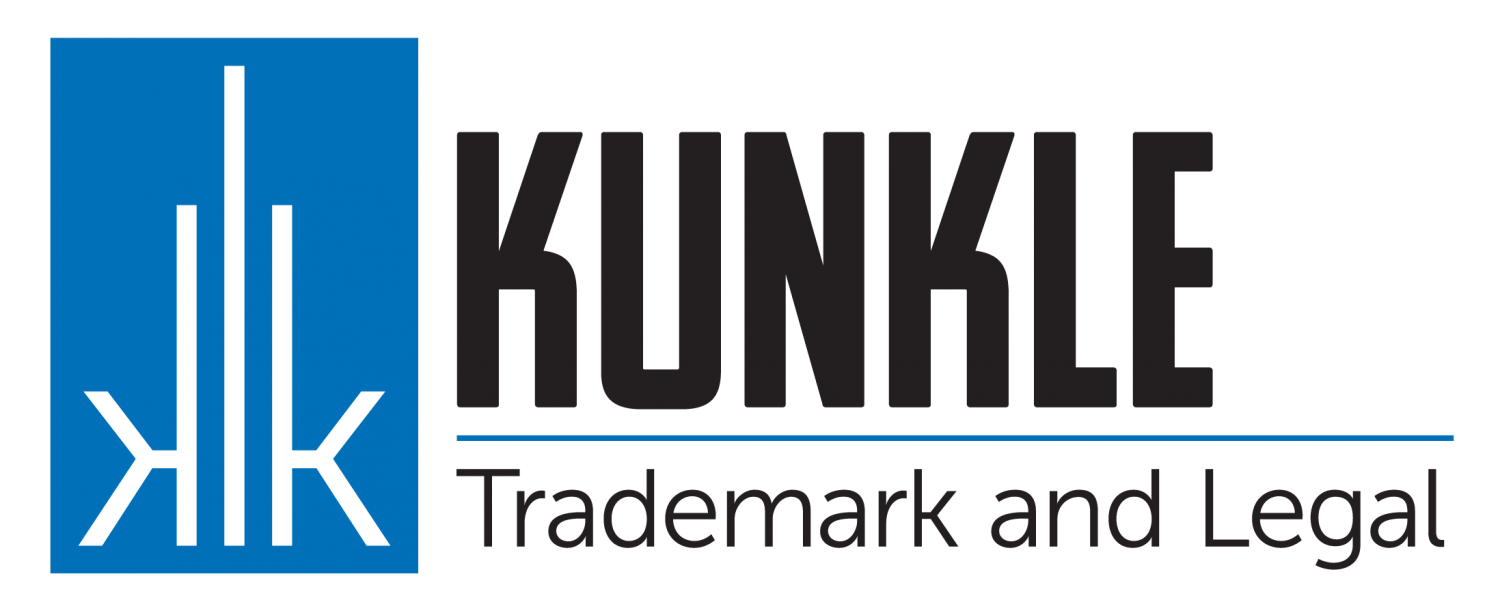Navigating the Trademark Seas: The Strategic Use of Design Search Codes
Example of Design Search Codes Used when Examining a Trademark Application
When it comes to trademark law, the way a mark looks can be important. To make sure your trademark is unique and recognizable, it's essential to understand design search codes. These codes are used by trademark examiners when they're looking at your application. They help them evaluate your design elements and decide if your trademark can be registered.
Design search codes group visual elements together so that examiners can focus on specific parts of your design. This makes the evaluation process quicker and more efficient. Design search codes also help examiners identify trademarks that might be similar to yours. This is important because it can help them decide if your trademark is too similar to someone else's.
Some design search codes focus on keywords and descriptive elements in your design. This helps examiners identify potential conflicts based on the style and meaning of your trademark.
Design search codes also help make sure that...

